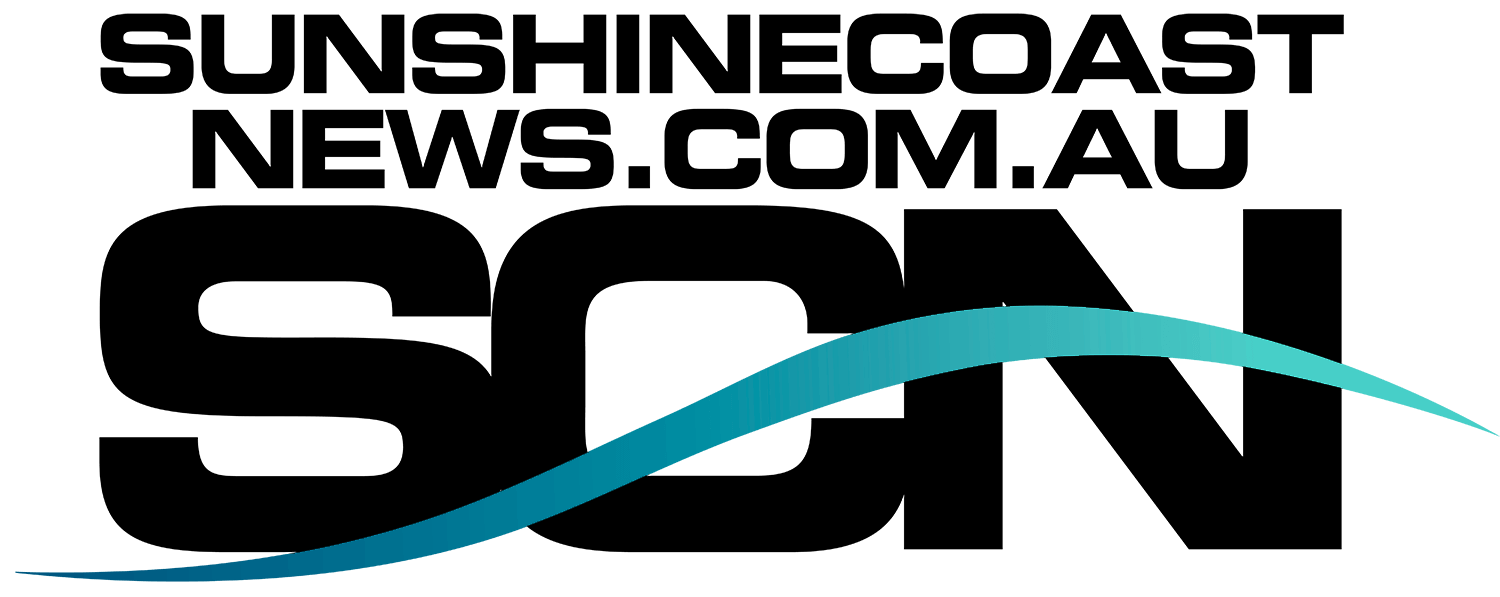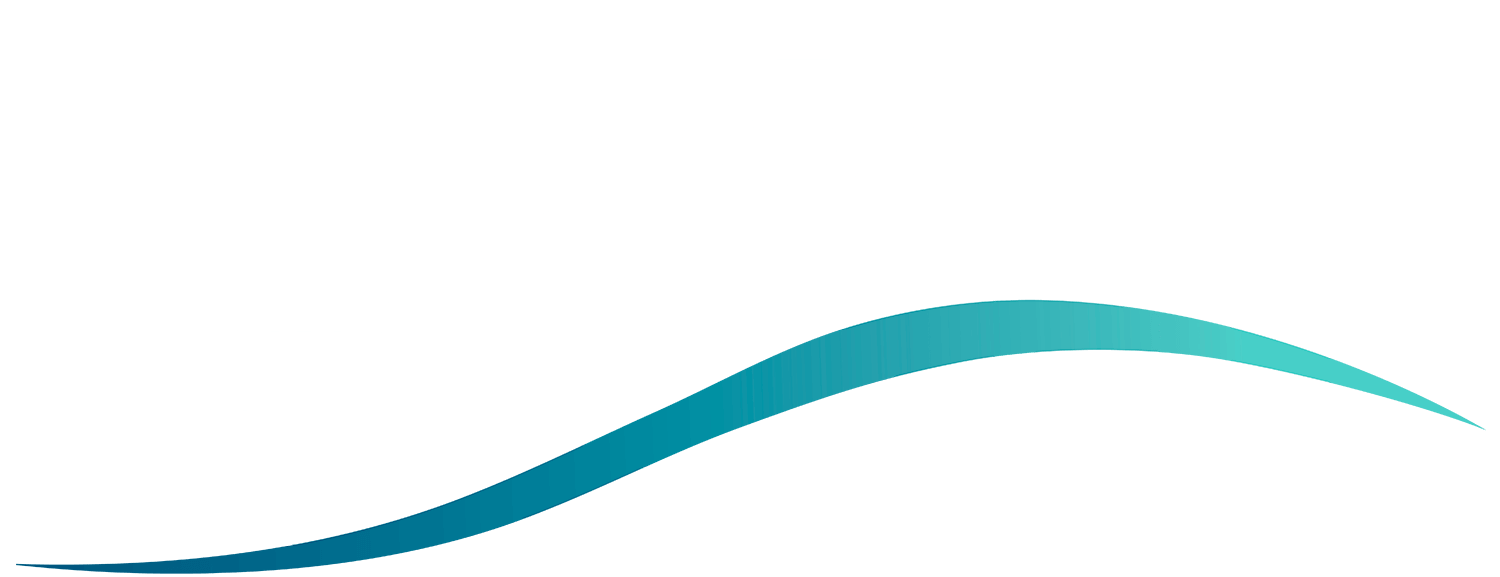A young adventurer has reflected on a harrowing paragliding crash into a sandstone cliff and the challenging rescue that followed.
Maverick Robbins crashed into a cliff above Rainbow Beach, landing awkwardly and suffering serious injuries, in October.
The Hawaii-born Gold Coast university student was 80m down a 100m face, with his upper body slumped over an unstable, sandy ledge and his legs dangling off to a 20m sheer drop to the beach.
He was holding onto a small, shallow-rooted salt scrub as an anchor, couldn’t feel his legs and had broken his back in three places.
He made a three-minute Triple Zero (000) call just before sunset.
“I think I need a helicopter,” Maverick told the operator.
“I am at Rainbow Beach paragliding on the south side. I’ve crashed the paraglider in the sand. How soon can the helicopter be here? I am way up the hill. The only accessible way to get to me is in a helicopter.”
It took Maverick’s paragliding buddy Vinny Brazier about 20 minutes to land on a small, sandy strip just above his mate.
His priority was disconnecting the paraglider so it wouldn’t suddenly reinflate.
“I knew he was in trouble,” Vinny said.
“I ran over to Mav to assess his condition. I helped adjust his legs, so he had a better perch on the small bush and the sand that was holding him up.”
Rainbow Beach and Tin Can Bay Queensland Fire Department firefighters drove towards the site and a Sunshine Coast LifeFlight rescue helicopter crew made their way to the scene.
“When the sounds of the chopper came overhead, it was the biggest relief,” Maverick said.
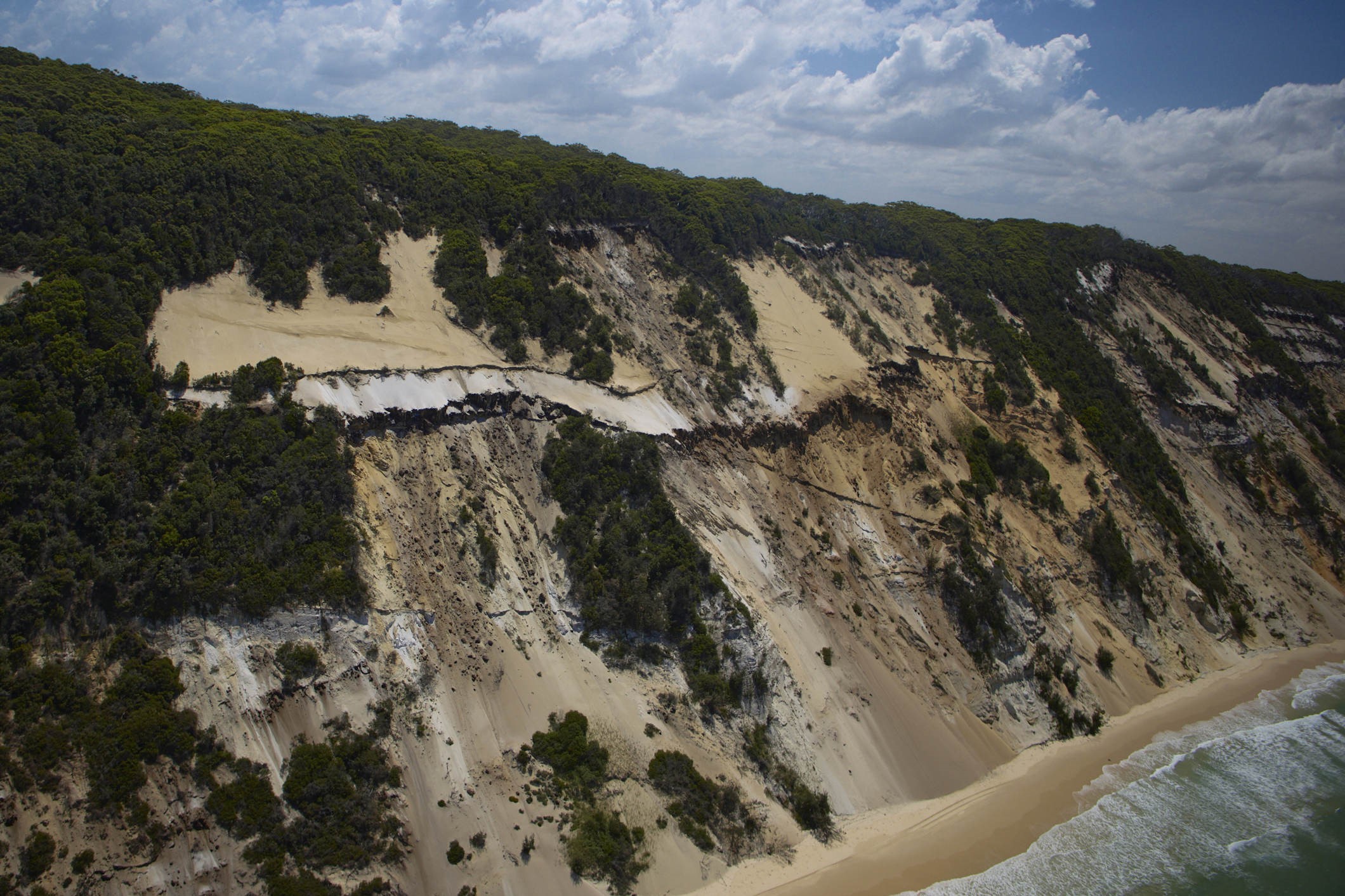
“I knew they were going to get me out of there.”
Two firefighters in a Polaris made it to the top of the cliff and the ATV lights helped guide pilot Aaron Regan in.
The helicopter was 200 feet above the cliffs when the LifeFlight rescue team was winched down.
“This was one of the most challenging rescues I’ve had to do in my career,” Aaron said.
“Any night winch of NVGs (night vision goggles) is challenging and the terrain and weather and the recirculation of the sand made it difficult and meant we had to hover much higher than we wanted just to maintain a visual reference and get out of the recirculating sand,” he said.
Critical care doctor Carly Silvester was among those to help Maverick.
“The rescue itself was a really big job,” she said.
“It was a mission that you don’t do very often as an organisation or as an individual.
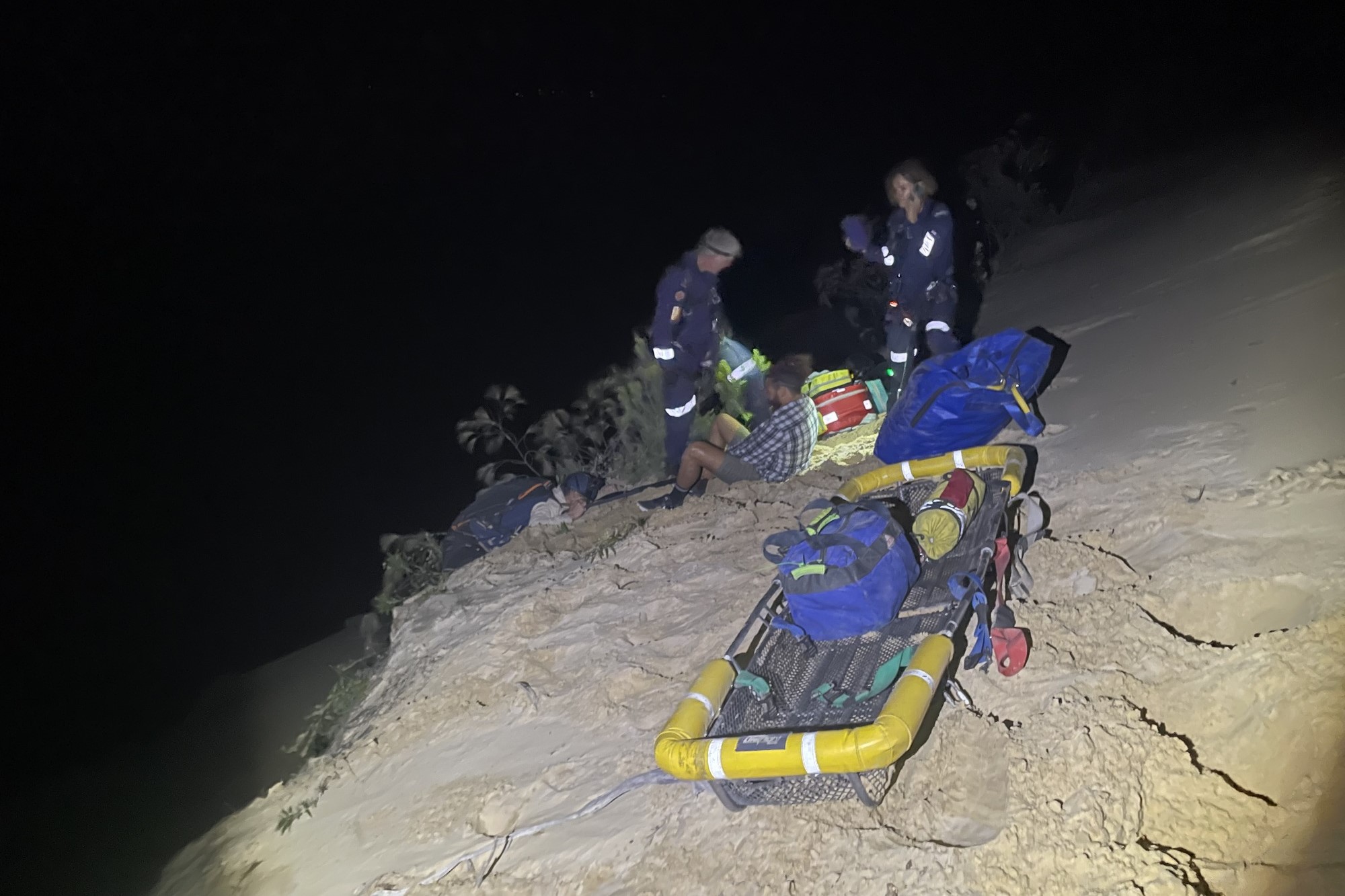
“And it was a challenge for everyone involved. It took a lot of experience and knowledge and years of training to be able to do that safely.”
She said she and her crew relied heavily on teamwork and the experience and expertise of the three firefighters who had clambered down the cliff using a long rope that they later cut up to help them carefully pull Maverick up and over the ridge line, before he was winched to the helicopter and taken to Sunshine Coast University Hospital.
Three months after his crash, Maverick got to shake hands and hug his QFD and LifeFlight rescuers.
“The rescue crews undoubtedly saved my life,” he said.
“What they did for me gave me a second chance.”
He also enjoyed his first post-accident paraglide on a blue-sky afternoon.
“I know that there are risks for paragliding but for me to not fly again would be much more of a loss,” he said.
“It’s great to be back doing something that I love.”
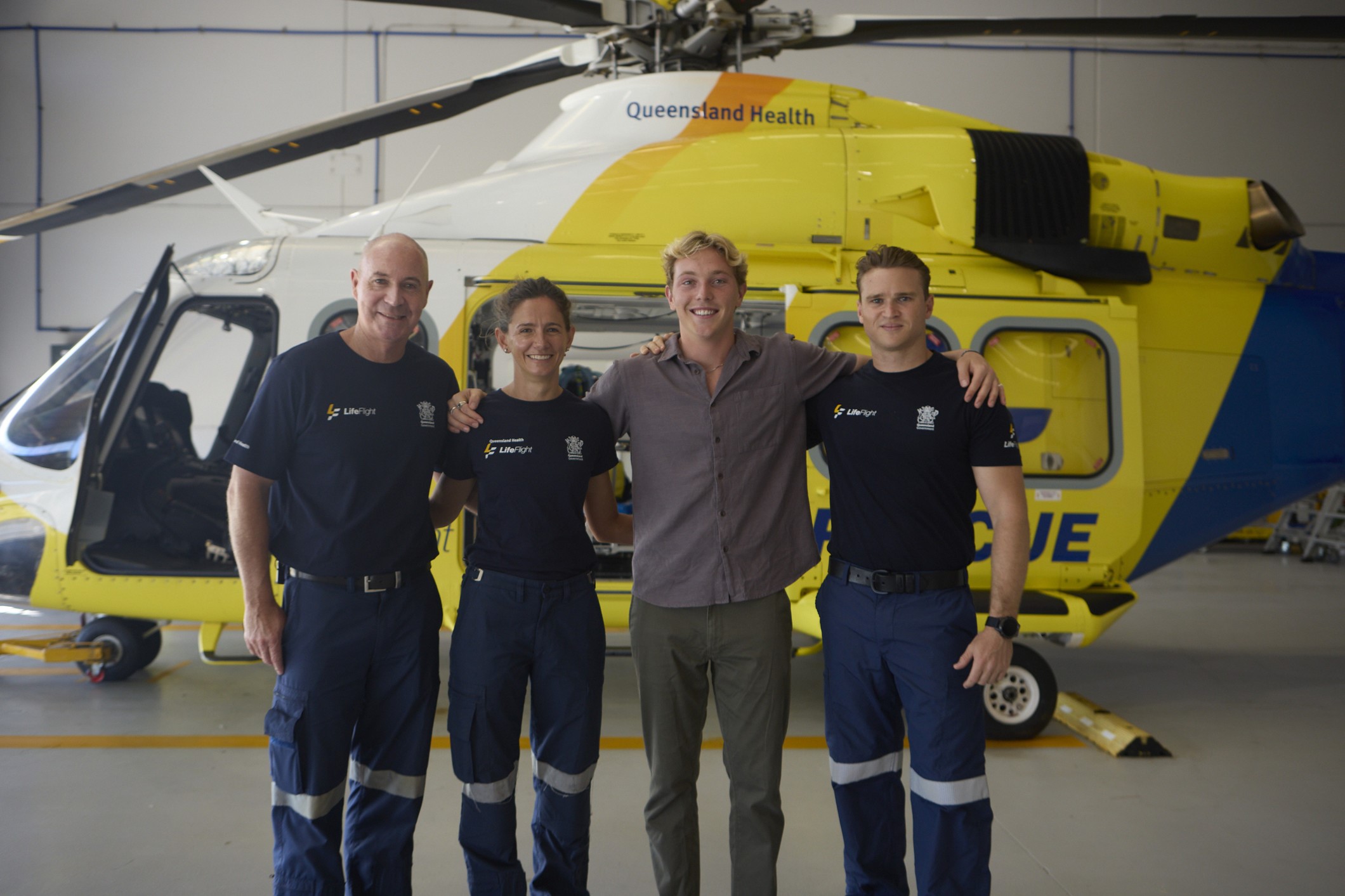
For more local news videos SUBSCRIBE to our YouTube channel. Just click here.



